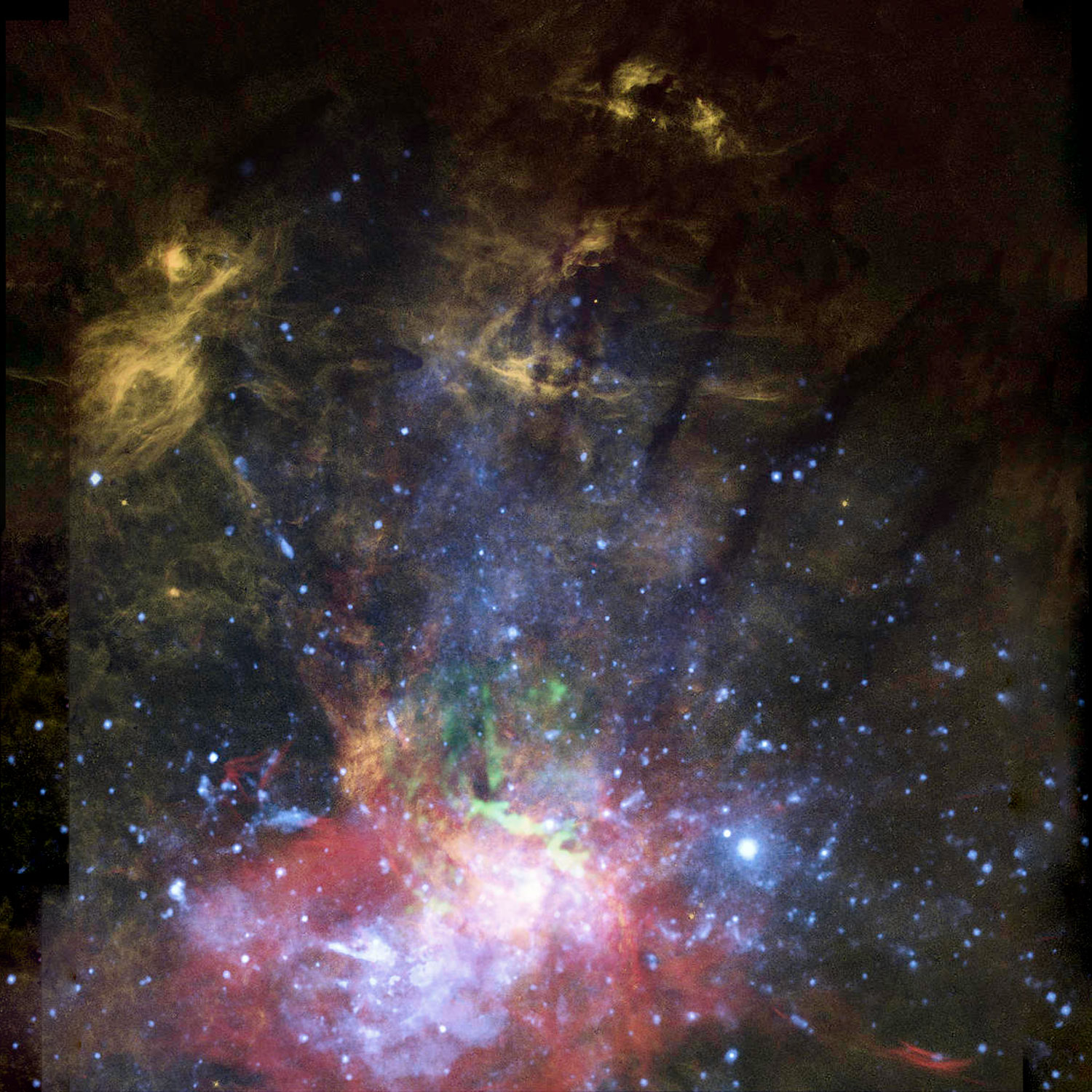When the ice caps melt, the earth’s crust is deformed. In a localized way, the researchers thought until then. But satellite data is now questioning the idea. Over the past two decades, the melting arctic ice has caused significant deformation of the earth’s crust over much of the Northern Hemisphere.
When the ice melts, the earth’s crust located below deforms. Years of studies on ice caps and glaciers already have it shown to researchers. But today a team from Harvard University (United States) observes that the impacted region may extend far beyond. Up to hundreds, if not thousands of kilometers of melted ice cover.
Researchers worked on satellite data collected between 2003 and 2018. Data showing how the ice from the arctic region has melted under the effect of anthropogenic global warming . And how the earth’s crust has warped. They thus measured the horizontal displacement of the latter. In some regions, they also note that the earth’s crust moves over a greater distance horizontally than vertically. On average, deformation is measured in several tenths of a millimeter per year. And this, over a large part of the Northern Hemisphere.
To help us understand, Sophie Coulson, geophysicist, proposes, in a release , a meaningful image. “Imagine a plank of wood floating on the surface of the water, in a bathtub. If you push the board down, the water below will also move down. If you then remove the board, you will see the water moving vertically to fill the space left empty. “
Research shows that as glacial ice from Greenland, Antarctica, and the Arctic Islands melts, Earth’s crust beneath these land masses warps https://t.co/F7sTA8YVBB
– Harvard University ( @Harvard)
September 22, 2021
Implications still to be specified
When the ice melts, it therefore changes the face of the Earth. And this is particularly boring, because the movements of the earth’s crust generated may, in turn, have an impact on the melting ice. By modifying the slope of the bedrock under the cap.
Researchers at Harvard University point out that what they observe today has already happened in the past. About 2.6 million years ago a Ice Age which covered northern Europe and Scandinavia with ice. Until about 11,000 years ago. “The Earth is still bouncing after the melting of these ice , underlines Sophie Coulson. The Earth acts a bit like a very slow fluid. The processes of the Ice Age take a very, very long time to unfold, and so we can still see the results today .
According to the researchers, the implications of these movements of the Earth’s crust are considerable. And this study is the first to show that the recent mass loss of ice caps and glaciers cause movement in space of the Earth’s surface whose magnitude and spatial extent are greater than those previously identified. And it might now become possible to search for this signal in regional and larger-scale navigation satellite systems datasets to, in principle, produce improved constraints on the distribution of ice mass or structure fluctuations. solid of the Earth.
—
Discover Fil de Science!
Every Friday, from 6.30 p.m., follow the summary of the scientific news of the week, decrypted for you by Futura journalists.
—
Intéressé par ce que vous venez de lire ?
Note: This article have been indexed to our site. We do not claim legitimacy, ownership or copyright of any of the content above. To see the article at original source Click Here











